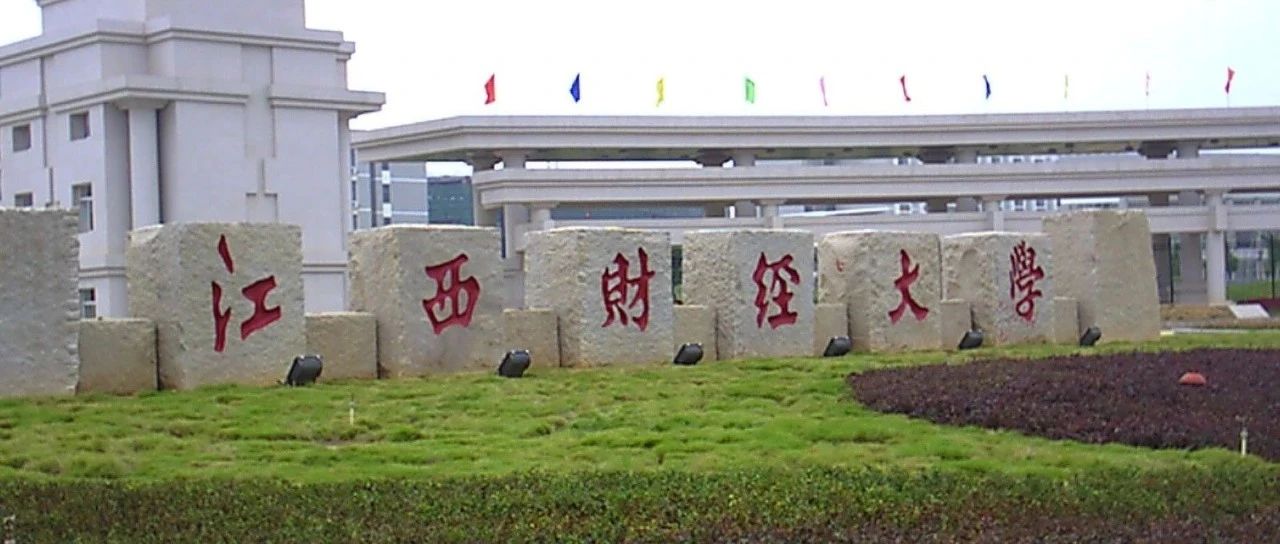本期为大家推荐爱丁堡大学、新南威尔士大学2025最新奖学金介绍。
1、爱丁堡大学
E5 DTP - Examining the carbon chemistry and cycling of natural and artificial peatland pools
University of Edinburgh|School of Chemistry
博导:Dr Nicholle Bell
截止日期:January 06, 2025 周一
资助的博士项目(全球学生)
About the Project
Drainage and erosion of peatlands diminishes carbon (C) storage, biodiversity and water quality, and there is now a concerted effort to restore peatlands to re-establish these lost ecosystem services. Peatland restoration often involves creating open-water pools to slow the flow of water, prevent erosion and encourage re-wetting, C storage and re-vegetation. These interventions initiate biogeochemical changes, and there is evidence to suggest that restoration increases the lability of soil organic matter (SOM) and changes water quality, including reduction in coloured dissolved organic matter (DOM). While catchment scale processes are a target of many studies, peatland pools have been shown to be hotspots of C turnover (1), and work by Moody (and others) has shown that peat-derived DOM is highly susceptible to degradation. The composition of OM impacts the degradability and C loss from peatlands (2), while land use and vegetation cover impact on OM composition and water chemistry (3, 4), and so restoration will impact OM composition. The biological processes in these environments will also impact the OM composition, and there is limited knowledge of how microbes interact with OM in artificial pools. Therefore, there is a clear need for research into biogeochemical changes in OM before, during and after restoration interventions.
Examining the composition of OM is hindered by its complexity. NMR spectroscopy and high-resolution mass spectrometry (MS) are the only techniques able to fingerprint OM at the level of individual molecules. The Bell group has created MS and NMR methods that show restoration does impact peat OM composition (5). However, no studies have examined pool systems to date. Using these techniques will enable the composition of OM in pools to be compared with biochemical or physicochemical variables. 16S and 18S eDNA metabarcoding will enable profiling of the Bacteria and Fungi communities within the pools to link specific components of the OM to specific taxa and infer the potential organisms responsible for their degradation and production of OM. This project will provide critical evidence in understanding whether current restoration practice can create pools that can perform the same role in C-cycling that natural pools play.
Research questions:
- How does the composition of OM in natural pools vary across the UK?
- Is the biogeochemical signature of dissolved organic matter (DOM) in restored pools fundamentally different from DOM in natural pools?
- Are the same effects observed across different peatlands undergoing restoration?
- How do microbes impact OM composition and C cycling in natural and artificial pools?
- What are the implications for peatland restoration and ecosystem function?
Methodology
This project will be comparing the composition of DOM using FT-ICR-MS and NMR spectroscopy of water samples from natural and artificial bog pools across the UK. Other biogeochemical measurements will be conducted to determine nutrient concentrations (phosphorus and nitrogen compounds), in situ physico-chemical measurements (conductivity, pH and temperature) and recording of other relevant site information, such as water table depth, pool size. These will be compared with the molecular composition to determine markers of pool health and drivers of change. The biology of these systems will be characterised using methods such as eDNA metabarcoding and the drivers of microbial community composition linked to environmental variables and OM characterisation.
Training
A comprehensive training programme will be provided comprising both specialist scientific training and generic transferable and professional skills. The student will be registered in the School of Chemistry and will follow the curriculum of the Chemistry Postgraduate School. Specific training relevant to the project will be provided by the supervisor team or an external body. This includes field methods such as water sampling, advanced statistics in programming languages such as R/python and training on laboratory instrumentation, such as FT-ICR-MS and NMR. Full support and training will be provided in eDNA sampling, sequencing and analysis by UKCEH.
Requirements
- A minimum 2.1 degree in chemistry/biochemistry, environmental science or equivalent.
- Experience with mass spectrometry and/or chromatography and/or NMR datasets.
- Experience collecting field data.
- Experience in chemical/biochemical laboratory analysis.
- A UK driving licence for field work.
- Working knowledge of R or Python.
Deadline:6th January 2025 at 12 noon.
IMPORTANT
Before Submitting your cover letter and CV, please complete the onlineSchool of Chemistry Equality, Diversity and Inclusion Form, entry 2025-26. The form will automatically generate a unique ‘Response ID number’ that you must include in your cover letter.
Equality and Diversity
The School of Chemistry holds a Silver Athena SWAN award in recognition of our commitment to advance gender equality in higher education. The University is a member of the Race Equality Charter and is a Stonewall Scotland Diversity Champion, actively promoting LGBT equality.
The University has a range of initiatives to support a family friendly working environment.
For further information, please see our University Initiatives website:https://equality-diversity.ed.ac.uk/inclusion/family-and-carer
Funding Notes
E5 DTP standard studentships are fully-funded for 4 years (48 months). They include and cover:
- Stipendbased on theUKRI standard rate, reviewed on an annual basis(currently £19,237for 2024/2025), paid monthly;
- Fees(HomeFees or International Fees*);
- Research Coststo cover expenses needed for the research(e.g. equipment, consumables, fieldwork costs, conference travel and accommodation expenses, specificsoftware). The Research Costs include the standard research costs allocation (RTSGs) plus, in some cases and depending on the project's specificrequirements, some Additional Research Costs(ARCs)
2、新南威尔士大学
Modular DNA nanopores for synthetic biology
UNSW Sydney | School of Chemistry
博导:Dr Felix Rizzuto, Assoc Prof Anna Wang
截止日期:全年可申
资助的博士项目(全球学生)
About the Project
The aim of this project is to develop artificial cells that can programmably communicate. In biology, cells are miniature factories where different compartments handle specific tasks. Directed communication between molecules and reaction pathways in each zone ensures that tasks are undertaken efficiency, but current technologies cannot replicate this level of programmable information transfer. To develop sensing, catalysis, and tissue engineering technologies inspired by cellular systems, we need to engineer dynamic information highways between artificial compartments.
This project will use modular, responsive DNA nanostructures to form nanopores and channels in synthetic vesicles and droplets. Controlling the mixing and transfer of cargo within these networked systems will harness knowledge in nanotechnology and self-assembly to generate nanoreactors for chemical transformations. Engineering the migration of molecules across membrane boundaries will offer benefits in biotechnology and nanochemistry – for the triggered release of cargo, data transmission, and chemical fractionation and computation.
This project is a collaboration between the DNA nanotechnology (Dr. Rizzuto) and soft matter (A/Prof Wang) labs at UNSW. It involves cross-cutting investigations exploring DNA assembly in lipid nanoparticles, partnering with industry collaborators in the vaccine and therapy spaces. You'll learn a range of chemical synthesis, self-assembly and microscopy techniques, converging on the fields of supramolecular chemistry, nanotechnology and bioengineering. The project is based on work recently published inAngewandte ChemieandPNAS.
Check out our group websites here:rizzutogroup.organdannawanglab.com
Applying
Domestic or international students graduated or expecting to graduate with degrees in Chemistry, Biotechnology, Nanoscience or related disciplines are encouraged to apply.
If you meet the UNSW HDR admission requirements, please send an email directly to Dr Felix Rizzuto (f.rizzuto@unsw.edu.au) with the following information:
Email subject:Prospective PhD for DNA nanopores
Please provide:
- Your background, experience, and research interests.
- When you expect to be able to start your PhD if successful.
- A copy of your CV, along with undergraduate and any post-graduate academic transcripts.
- The names and contact information for 2 references.
Funding Notes
This scholarship is funded by an Australian Research Council Discovery Project at the UNSW rate ($38,438 per annum).














